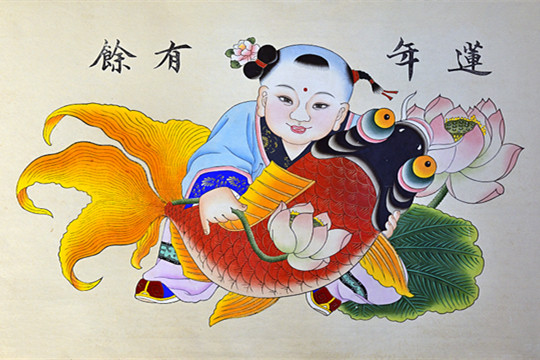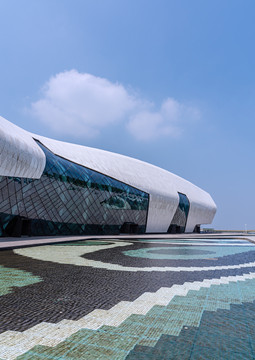Tianjin Updates
2025-11-14
Nankai University scholar publishes long-lost Latin translation of Tao Te Ching
A Latin translation of the Tao Te Ching, forgotten in the British Library for more than 300 years, has been rediscovered and published through the efforts of Misha Tadd, a scholar at Nankai University in Tianjin.
read more- Revolutionary's legacy lives on in Tianjin
- Tianjin's Hangu Salt Field marks 1,100th anniversary
- Cross-talk performance at Great Wall in Tianjin attracts over 1,500 spectators

Copyright ©? Tianjin Municipal Government.
All rights reserved. Presented by China Daily.
京ICP備13028878號-35






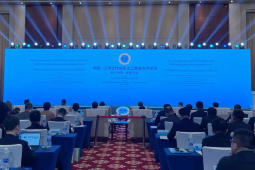


 Why Tianjin
Why Tianjin Investment Guide
Investment Guide Industry
Industry Industrial Parks
Industrial Parks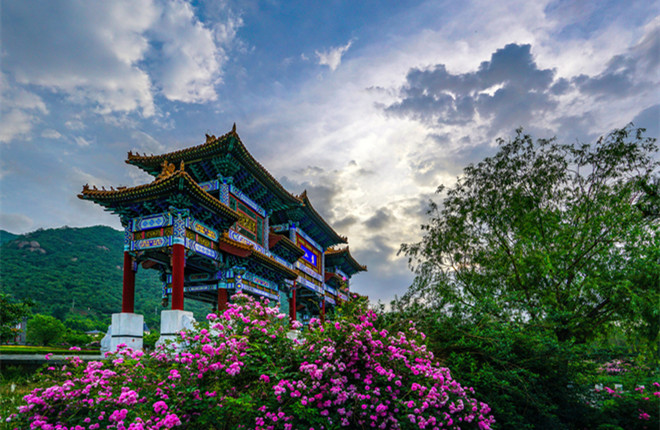
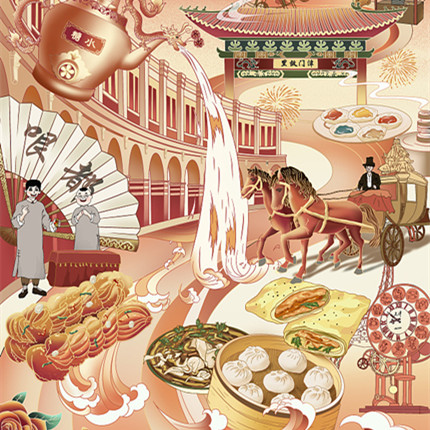
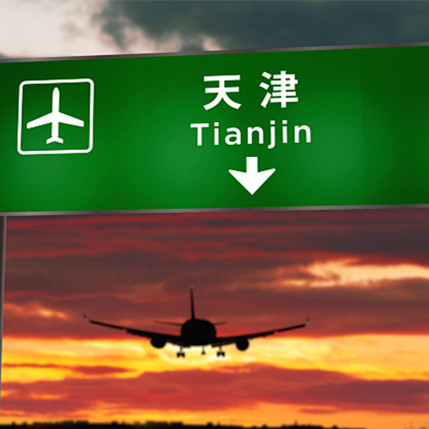



 Health
Health Visas
Visas Education
Education Sports and recreation
Sports and recreation Adoption
Adoption Marriage
Marriage
